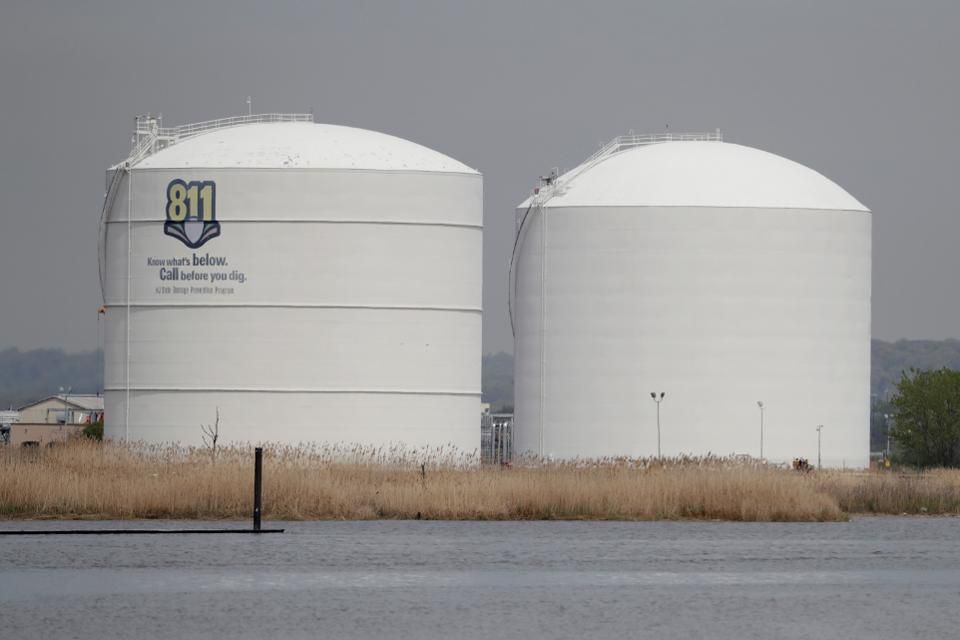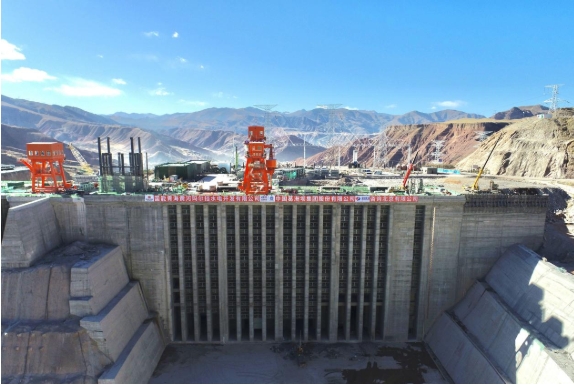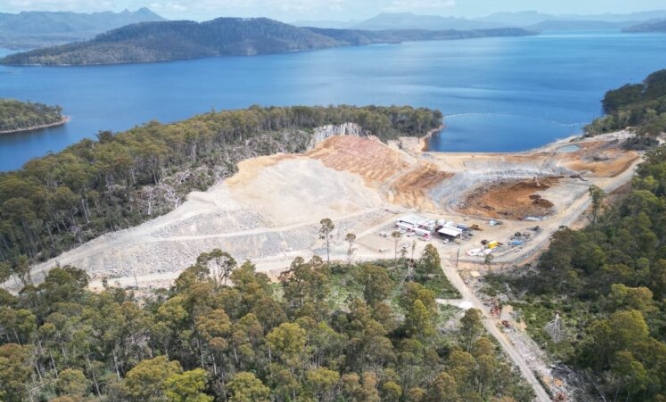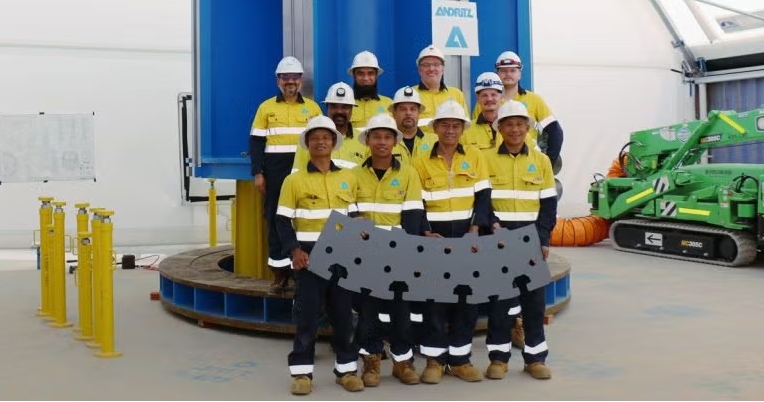 A general view of the Williams Gas Pipeline Transco tankers seen along the Hackensack River, Thursday, April 25, 2019, seen from Secaucus, N.J. (AP Photo/Julio Cortez) ASSOCIATED PRESS
A general view of the Williams Gas Pipeline Transco tankers seen along the Hackensack River, Thursday, April 25, 2019, seen from Secaucus, N.J. (AP Photo/Julio Cortez) ASSOCIATED PRESS
As the hot months linger, it will be natural gas that is leaned on most to supply the electricity that we need to run our air conditioners and keep us cool.
And this is surely a great and important thing: "Heat causes most weather-related deaths, National Weather Service says."
Generally, U.S. gas demand for power in summer is 35-40% higher than what it was five years ago, with so much more coming (see Figure).
The good news is regions across the country are expected to have plenty of reserves to keep up with power demand.
The only exception is ERCOT, covering 90% of the electric load in Texas, where a 9% reserve margin is expected, below the desired 14%.
Last summer, however, ERCOT’s reserve margin also was below the desired level, yet the grid operator maintained system reliability with no load curtailments.
Simply put, other states are very lucky that Texas has been able to maintain gas at 50% of its generation, despite being more than justified to drastically increase that.
At about 1,600 Bcf per year, the flatness of gas for power demand in Texas since 2000 has been truly remarkable, especially since Lone Star State production is up 50% since then.
Increasingly, other U.S. states (and even countries) are wanting to import huge amounts of gas from Texas, a state that yields over 25% of all U.S. output.
Yet if Texas justifiably ever wants to utilize more of its own gas, others would be significantly impacted.







